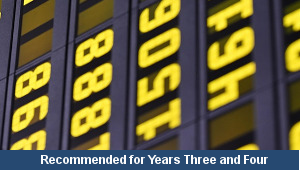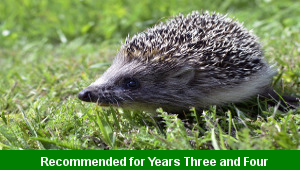Home > Key Stage Two > Maths > Geometry > 2D Shapes > Kitchen Shapes
Shape Sandwiches

This maths teaching pack for Key Stage Two gets the children to practise selecting, describing and comparing the properties of some of the 2D shapes that can be used to make different sandwiches in a family kitchen.
The class can list some of the special vocabulary words that can be used to classify different shapes by their matching individual properties including angles and parallel lines.
Download this teaching pack including classroom activities and an interactive presentation to practise selecting, describing and comparing the properties of some of the 2D shapes that can be used to make different sandwiches in a family kitchen
Activities in this teaching pack include a set of differentiated worksheets to identify and record some of the special 2D shapes that can be used to make different sandwiches in a family kitchen to match their unique individual properties including types of angles and parallel lines.
The interactive presentation gets the children to explore and and describe the properties of 2D shapes that can be used to make different sandwiches.
This lesson is part of a maths scheme of work to get the children to identify, describe and compare some of the special shapes that might be seen in a kitchen by their matching individual properties. There are teaching activities for shared learning, differentiated worksheets to support independent learning and interactive presentations to introduce concepts and key skills.
-

Rounding Hundreds
Explain and model how to round some different numbers to the nearest hundred based on the place values of the digits in each number
-

Rounding Tens
Identify and record how to round some different numbers to the nearest ten based on the place values of the digits in each number
-

Classic Animal Stories
Investigate the structure and content of classic works of fiction by significant authors with animals as the main characters
-

Cities, Towns and Villages
Research and present the history of a range of different buildings and people that are part of the local community using a school exhibition
